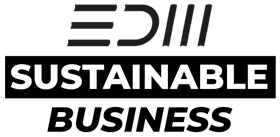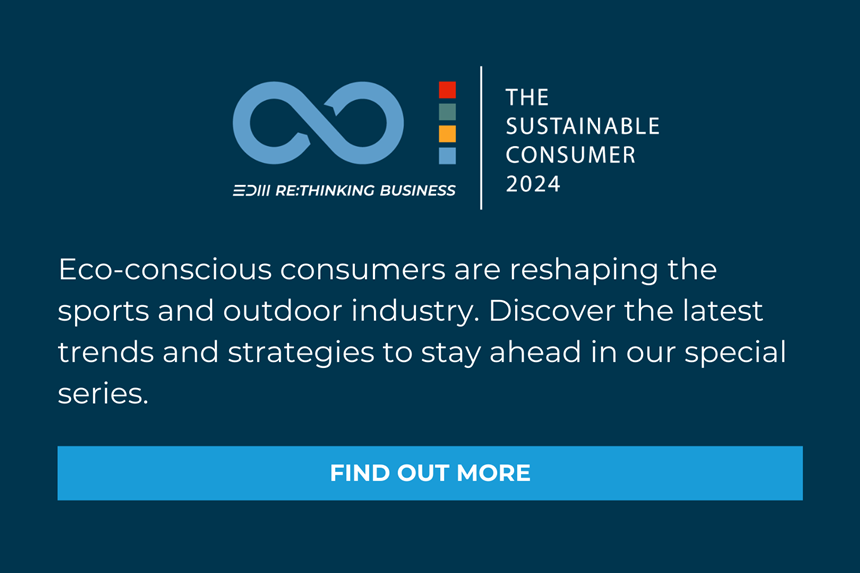Some industry executives are thinking further ahead. They have visions. And they act. They have understood. And they share. And they seem to be better at connecting the dots. In our first edition of the EDM Sustainable Business Special, we introduce the first four individuals we consider to be true forward-thinkers of the sporting goods industry.
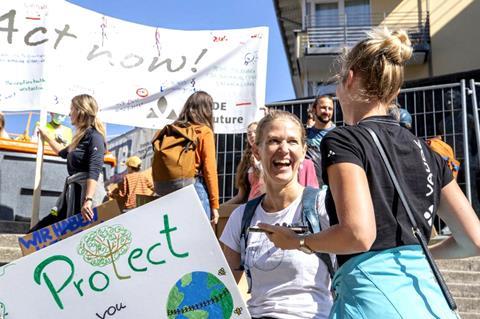
The heir: Antje von Dewitz (CEO Vaude)
When Antje von Dewitz took over Vaude from her father in 1998, the first significant step to more sustainability had already been made four years earlier: The Ecolog Recycling Network that Vaude installed in 1994. This initial trial to go for recyclable, mono-material products that would be part of a circular economy didn’t have a successful takeoff – mainly because of a lack of response. Consumers returned very few products, resistance from retail was significant, and the effort and resources flowing into the project were immense. The initial learning from this pioneering work was: sustainability isn’t a single project. It has to be an integral part of the company’s daily work and reach out to all branches and the tiniest twigs of the whole tree.
But things have changed since then: “We are seeing a significant increase in consumer knowledge and a strong expectation that brands and retailers should make their offerings more sustainable. Fridays for Future has given a first push and the pandemic a second, even stronger movements towards environmentally conscious consumption.” Within the last four years, Antje von Dewitz has consequently transformed the Vaude company into a climate-neutral business that (like 500 others) is committed to the so-called “economy for the common good” and files a common good balance sheet showing the extent to which the company has assumed its social-ecological responsibility.
Asked for anything that she would judge as a failure in the past years, Antje von Dewitz says: “I should have taken external consultancy to support the transformation of employee’s mindset much earlier. The process involves a lot of interdisciplinary management of conflicts, so everyone involved has to have a lust to take responsibility.”
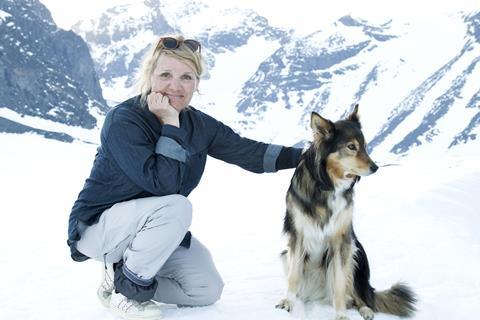
The business changer: Eva Karlsson (CEO Houdini)
You were recently asked if you would ever consider taking Houdini to the stock market and replied, ”There’s a great deal to change on the stock market, and if we could support its’ transformation from within, it would be worth considering.” Do you perhaps have a plan, or could you elaborate further?
Eva Karlsson: We do, and we don’t have a detailed master plan, depending on how you look at it. Whether it would include a transformation of the financial sector from within remains unknown. Our plan is to cultivate value across stakeholders (individuals, society and planet) for the long term, resulting in becoming regenerative and contributing to a world in regeneration. That is quite contrary to the financial system, including the stock market, due to its design. Value in the financial system is isolated to monetary value. In the case of the stock exchange, it is isolated to monetary value and the short term, often at the expense of the long term. There are no systemic feedback-loops connected to potential depletion of natural resources, natural ecosystems or societal ecosystems either, which allows the financial system to operate as if it was separate and independent from the living world. I want to stress that we are talking about a systemic design flaw in the financial system, not about people in the financial sector caring less than the rest of us or anything like that.
The good thing with systemic design flaws is that we designed them, and we have the opportunity to redesign them. Houdini has been in the business of reimagining and redesigning systems since the start. For instance, we have spent the last 20 years redesigning the linear apparel system into a circular one.
So what would be a first step on the road to a fundamental change?
Eva Karlsson: The way we’ve approached systemic design flaws is not to distance ourselves and point fingers but to embrace them - to acknowledge the facts, deepen our understanding, and find ways to redesign them to ensure we don’t end up with new systemic design errors that we have to address. For these redesigns to be robust and scalable at the level of eventually transforming the entire system, we have practiced open-source and collaborated with like-minded experts and peers. We would apply the same methodology to the stock market. We might not be the one, but either way, it will be important that change agents come into play in the financial sector in the coming years. We need the financial sector and every other sector to transform from a degenerative to a regenerative world.
Consequently, has Houdini set itself up for a zero-sum game?
Eva Karlsson: No, not at all: I would like to underline that Houdini is a for-profit company that has chosen a holistic perspective on value-creation, way beyond money and way beyond shareholders. It makes total sense as long as you have a long-term perspective. To make profits in the long term, we need a planet in good shape, and we need to be valued by our customers, users and all our stakeholders now and in the future. That is why we believe in holistic value creation.
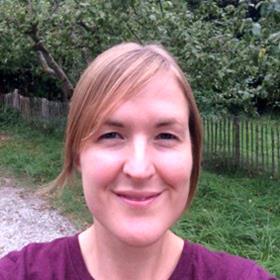
The connector: Katy Stevens (EOG Head of CSR and Sustainability)
What was the initial spark for you as a person to make the topic of sustainability a central part of your career?
Katy Stevens: For me, it was a factory visit to China around 15 years ago, witnessing and experiencing first-hand the realities of the biggest part of the industry that you rarely get to see. I remember a growing awareness as we shared a cabin on a night train with some older teenage girls who were leaving home to go and work in factories in a different city. They were excited by the prospect of leaving home, earning money and new adventures.
There was a strong contrast the next day when I visited a factory (different factory, different girls), but I was genuinely quite shocked by the rows upon rows of young, mostly women, sewing garments, and the mountainous volumes of clothing piled up everywhere, combined with the bleakness of the environment surrounding the factory. I started to understand at that time the impact of mass production on people and the planet, as well as the cultural and logistical complexities of supply chains.
In retrospect, are there any decisions you should have made earlier or differently?
Katy Stevens: Not at all, I am very happy with the route that I took to get here, and I think it has afforded me a lot of essential knowledge. I come from a materials/textile production background, so for me understanding what things are made from and how they are produced is a fantastic foundation (and the opportunities to study sustainability-related subjects were not available like they are now). I think there are opportunities and access points into ‘sustainability’ and a lot of value in sustainability teams with mixed backgrounds and a variety of skill sets. As the topic becomes an essential part of business strategy, we are seeing a huge amount of ‘new positions’ within organizations and different job types within that strategy, data analysis, project management etc.
Do you see major improvement for more sustainability happening in the sporting goods industry?
Katy Stevens: Absolutely, I think there is still a lot of potential for technology and innovation across the industry. Textile and apparel supply chains are so incredibly long and complicated, and I think there is opportunity at many points; farming and fiber production, materials and fabric development, dyeing and finishing processes, logistics etc. With so many processes in the production of apparel and sporting goods, if we can optimize each of these stages in terms of impact, I think all of these small changes could really add up to be significant.
Do you believe in the compatibility of growth/shareholder value as a business model and environmental sustainability?
Katy Stevens: Like any industry, the outdoor/apparel industry needs investment to survive, and few investors are willing to do so without the prospect of any ROI. However, currently, we are costing products from the top down, which leads to cutting corners on necessary environmental and social matters to reach specific price points. For a long time, we have been subsidizing both the shareholders and the consumer at the cost of environmental destruction and the quality of life and dignity of supply chain workers and only when these issues are addressed should we start talking about growth.
Want to know more about the current status of sustainability in the outdoor industry. Just have a look at our EDM Sustainable Business edition.
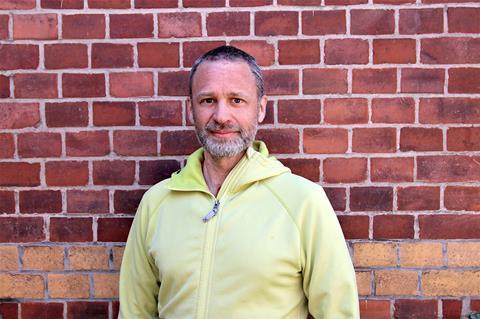
The early mover: David Ekelund (CEO Icebug)
What was the initial spark for you personally to pursue sustainability at Icebug?
David Ekelund: Earth Overshoot Day. The realization of how utterly stupid and destructive it is to spend more resources than the planet can regenerate. That’s unsustainable in the most literal meaning of the word. Further fuel on the fire is the climate emergency. I love snow.
In retrospect, are there any decisions you should have made earlier or differently?
David Ekelund: We should have changed the fundamental view of what Icebug stands for much earlier – and been clear that we want to use our company as a tool to drive sustainable transformation, using every interaction we have - with customers, suppliers, colleagues - to influence the cultural change we need.
Apart from that, we have acted to the best of our knowledge. We have to live with our imperfection. That is OK, as long as we continue to strive to improve our knowledge base and continue to act on it.
Do you see significant improvements for more sustainability in the footwear industry?
David Ekelund: That’s certainly a subject of debate. We see a lot of high-flying pilot projects, but for them to become more than just marketing, they need to scale. What’s interesting is what’s really being used the most, and that’s still a lot of petroleum as raw material, non-renewable energy in the supply chain (including coal, still), and air freight to catch sales when products are late. How is that compatible with knowing that this is a climate emergency?
The proof is in the pudding, and the only way to determine if we are making significant improvements is to look at the data. A first step would be for brands to provide the data. And in the second phase, that emissions, the use of non-renewable materials and chemicals of high concern - to name just a few - are going down.
According to a very read-worthy recent report by the Apparel Impact Initiative, the textile industry - and in our experience, this also applies to the footwear industry - can cut emissions by over 50% by using existing technology. So at this point, we don’t really need innovation because we already have the tools. We just need the will to use them.
Do you believe in the compatibility of growth/shareholder value and environmental sustainability?
David Ekelund: We have yet to define what “environmental sustainability” really means. I think it would have to be in the direction of satisfying human needs within planetary boundaries.
To your question, allow me to amend it: Is it all right to grow without taking full responsibility for your own footprint, and are you then creating true value for your shareholders?
One question that I can answer is the related one: “Can you take full responsibility and still be profitable?” That’s a yes. I know this for a fact and believe that a sustainable business must be profitable and have a good cash flow. That’s the only way to ensure that you stay in a position to make the decisions that you think are right for the long term.
I’m a fan of capitalism - otherwise, it would be really unimaginative to be a business person. We will need the dynamic aspect of capitalism to create prosperity. But! Capitalism must be reined in. The economic system must not be at the expense of society or nature. Businesses must be profitable without exploiting people or the planet.
Economy for the Common Good
Economy for the Common Good is an economic model that makes the common good – a good life for everyone on a healthy planet – its primary goal and purpose. At the heart of this concept lies the idea that values-driven businesses are mindful of and committed to:
- Human Dignity
- Solidarity and Social Justice
- Environmental Sustainability
- Transparency and Co-Determination
Using a “Common Good Matrix,” results show a company’s contribution to the common good. This tool should make visible how fair, sustainable and transparent they are. Among other goals, the movement aims for a value-added tax assessment based on the sustainability goals achieved by the individual companies.
